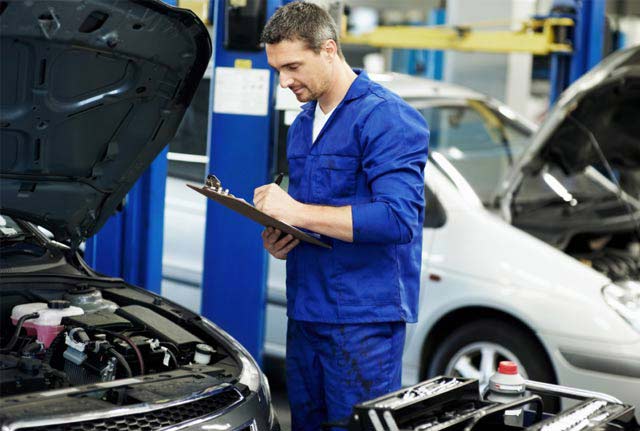All Categories
Featured

The check engine light (CEL) is just one of one of the most vital caution systems in your auto, yet it frequently creates confusion or worry for several chauffeurs. Comprehending what this light stands for and exactly how to handle it can save you time, money, and unneeded stress and anxiety. This overview provides a summary of what sets off the CEL, its possible ramifications, and the actions you ought to take when it brighten.
What Does the Check Engine Light Indicate? The CEL is component of your cars and truck's onboard diagnostics system (OBD), which keeps track of engine performance and emissions. It lights up when the system finds an issue that requires your attention.
Solid Light: Signals a non-urgent problem however one that must be attended to soon, such as a sensing unit breakdown or emissions-related concern. Blinking Light: Shows a crucial issue like an engine misfire. Driving in this condition can create severe damage, so instant activity is needed. Common Root Causes Of the Check Engine Light. The CEL can light up for a broad variety of reasons, some minor and others much more serious. Right here are several of one of the most regular causes:

Loose or Damaged Gas Cap:
A loose gas cap can jeopardize the fuel system, triggering the CEL. Monitoring and tightening the cap is a very easy initial action when the light begins. Faulty Oxygen Sensing Unit:
This sensor keeps track of the air-to-fuel ratio in your engine. A breakdown can reduce gas efficiency and boost discharges. Malfunctioning Catalytic Converter:
The catalytic converter helps in reducing damaging exhaust discharges. Disregarding various other engine problems, like misfires, can lead to catalytic converter damages. Spark Plug or Ignition Coil Problems:
These parts are crucial for beginning and running your engine smoothly. Regular upkeep can avoid wear and failing. Mass Air Movement Sensing Unit Problems:
This sensing unit measures the quantity of air entering the engine to ensure optimal performance. A dirty or faulty sensing unit can decrease performance and power. When the Examine Engine Light Comes On, steps to Take. Check the Gas Cap:
See and tighten the cap if the light switches off after driving a couple of miles. Observe the Lorry's Actions:
Note any unusual signs like harsh idling, reduced power, or odd noises. Check the Codes:
Utilize an OBD-II scanner to retrieve problem codes stored in your car's computer system. Numerous car components shops use this solution free of cost. See a Mechanic:

If the light continues to be on or is flashing, take your car to a professional for a thorough diagnosis. Avoiding Examine Engine Light Issues. Proactive upkeep is the most effective means to stay clear of CEL troubles. Comply with these tips:
Adhere To a Routine Upkeep Arrange: Modification your oil, change filters, and check ignition system in a timely manner. Examine the Gas Cap: Replace harmed caps to stop leakages in the gas system. Use Quality Gas: Poor-quality gas can add to sensor and exhausts concerns. Why Prompt Action Matters. Neglecting the CEL can cause a lot more serious troubles, such as engine damages or expensive repair work. If overlooked., a tiny problem like a loose gas cap can snowball right into a significant expenditure.
Final thought. The check engine light is a necessary tool for preserving your lorry's health. By understanding its function and responding quickly, you can avoid unnecessary fixings and maintain your automobile running smoothly. The next time the CEL comes on, remember to remain tranquil, inspect the basics, and consult a specialist if required.
Latest Posts
Explore Reduce Expenses on Car Maintenance with Montclare Auto Repair’s Exclusive Deals
Published en
1 min read
Unlock Your Financial Partner at WyHy – Key Advantages for Your Money Goals
Published en
1 min read
How Consistent Auto Maintenance at Montclare Auto Repair Saves You Money
Published en
1 min read
More
Latest Posts
Explore Reduce Expenses on Car Maintenance with Montclare Auto Repair’s Exclusive Deals
Published May 25, 25
1 min read
Unlock Your Financial Partner at WyHy – Key Advantages for Your Money Goals
Published May 24, 25
1 min read
How Consistent Auto Maintenance at Montclare Auto Repair Saves You Money
Published May 22, 25
1 min read